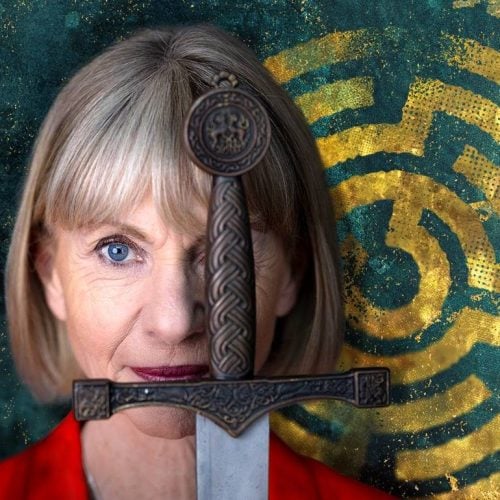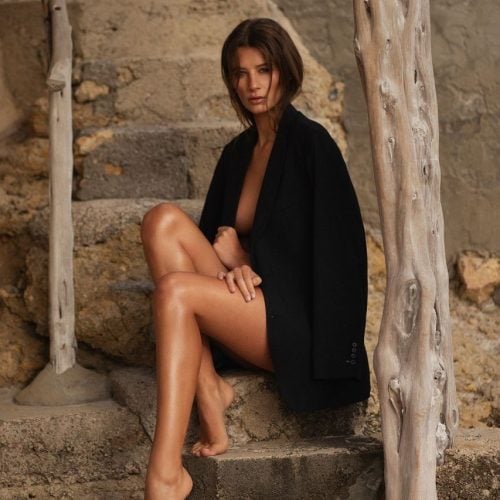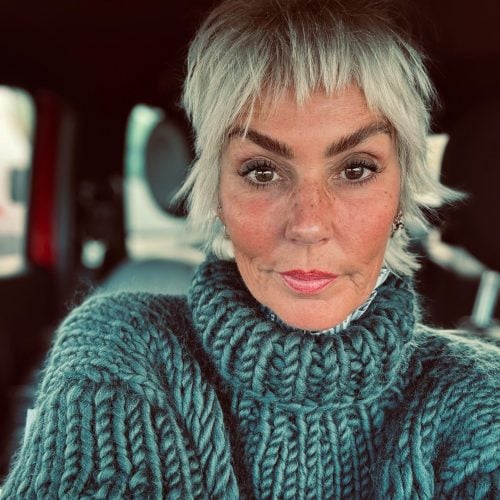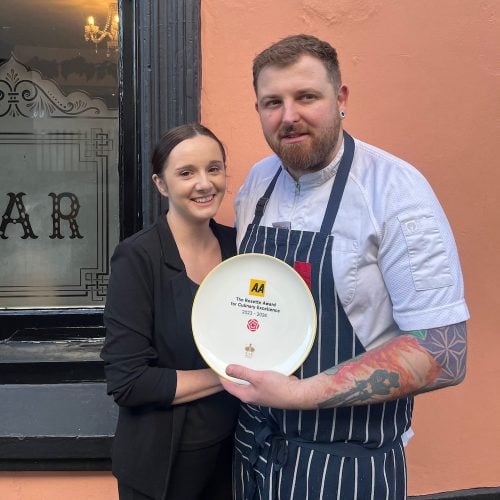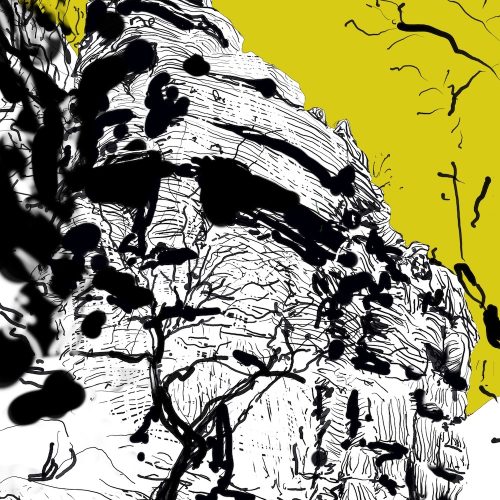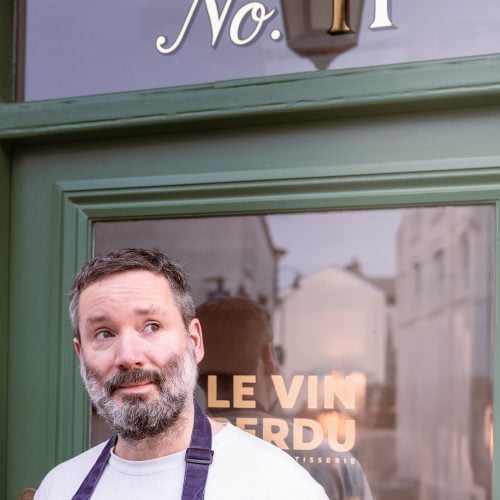Muddy meets David Alpert, British Underwater Photographer of the Year
How do you juggle two diving tanks, swirling tides and a camera – all while having your flippers bitten by a playful grey seal? It’s all in a day’s work for the award-winning photographer.
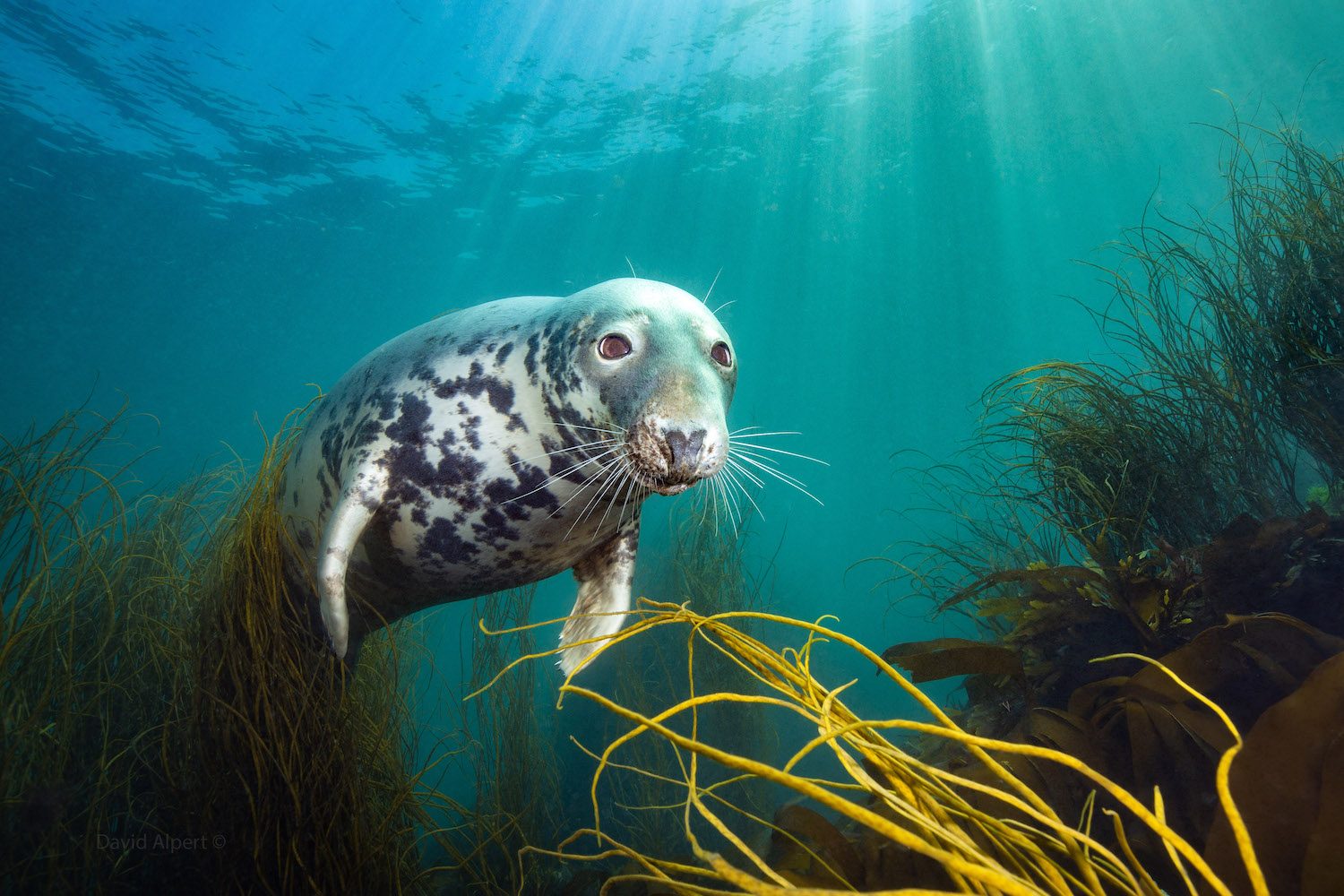
Look at this cutie! This silky customer doesn’t know it, but he (she?) is the winning subject of the British Underwater Photographer of the Year 2025. The captivating image, entitled The Curious Seal, was taken in the shallow waves just off Lundy Island by David Alpert, an amateur conservation photographer specialising in underwater and “near the water’s edge” photography.
The judges rated the image as a “stunner,” commenting, “It is well framed in the sea weeds and has beautiful light beams so evocative of shallow waters. The composition is completed by the inquisitive look. An excellent portrait.”
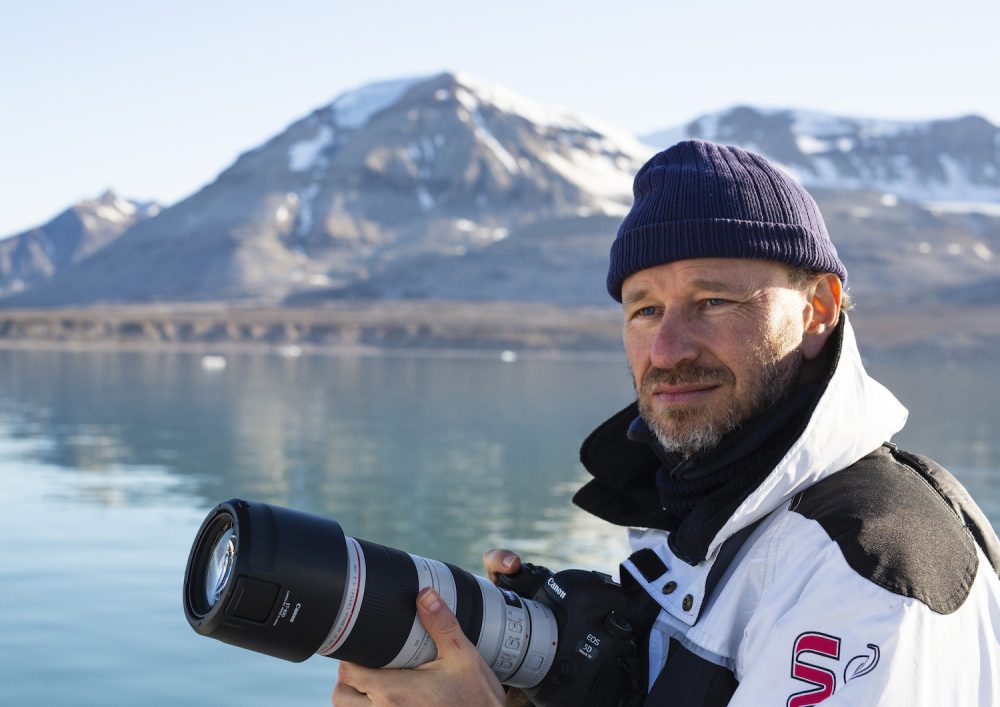
David grew up in South Africa and has lived in London for over 30 years. While he he travels the world in search of great underwater snaps, he rates North Devon’s rugged coastlines as one of his favourites. And we agree, naturally.
When he’s not sitting on the committee for the British Society of Underwater Photographers, he is also Co-Founder and Managing Director of International Institute for Active Ageing (iiaa), known for their award-winning, anti-ageing skincare brands, including Environ, a Muddy favourite.
So, was it really a curious seal or was that fabulous pic just a lucky meet-cute? Over to David to find out more.
Huge congrats, David! How does it feel to be British Underwater Photographer 2025?
Thank you! It feels wonderful to have my work acknowledged, especially when you’re competing against such an enormous depth of talent. Some of the world’s best underwater photographers come to Britain to take their photographs. In 2025, the contest attracted 6750 underwater pictures, with the awarded photographers coming from 28 different countries.
Is it your first award or do you have a mantel full?
I was runner up in Marine Conservation Photographer of the Year twice. I have featured prominently in Travel Photographer of the Year and Ocean Geographic’s Picture of the Year. My work was also selected as “editor’s favourite” on National Geographic website.
Why North Devon?
It’s wonderfully rugged and unspoilt. Lundy was one of the first marine sanctuaries, originally not by law (now a marine protected area since 1973) but as a result of the local community. Because of photography I have travelled all over the world, and seen upsetting levels of destruction too. Fortunately Lundy is one of the small havens which show us what the sea should look like.
What’s the Bristol Channel like for diving?
Very tricky! It has the second largest tidal range in the world. Enormous amounts of water come in and out each day, with big swirls off the Atlantic, creating a vast washing machine effect. Diving windows are limited, and last summer was especially wet due the El Niño, meaning the weather windows were few too. I based myself there for two months, and much of the time I was desk-bound. I’d cancelled the family holiday and I was acutely conscious I’d better make the most of it.
Was it seal you were after?
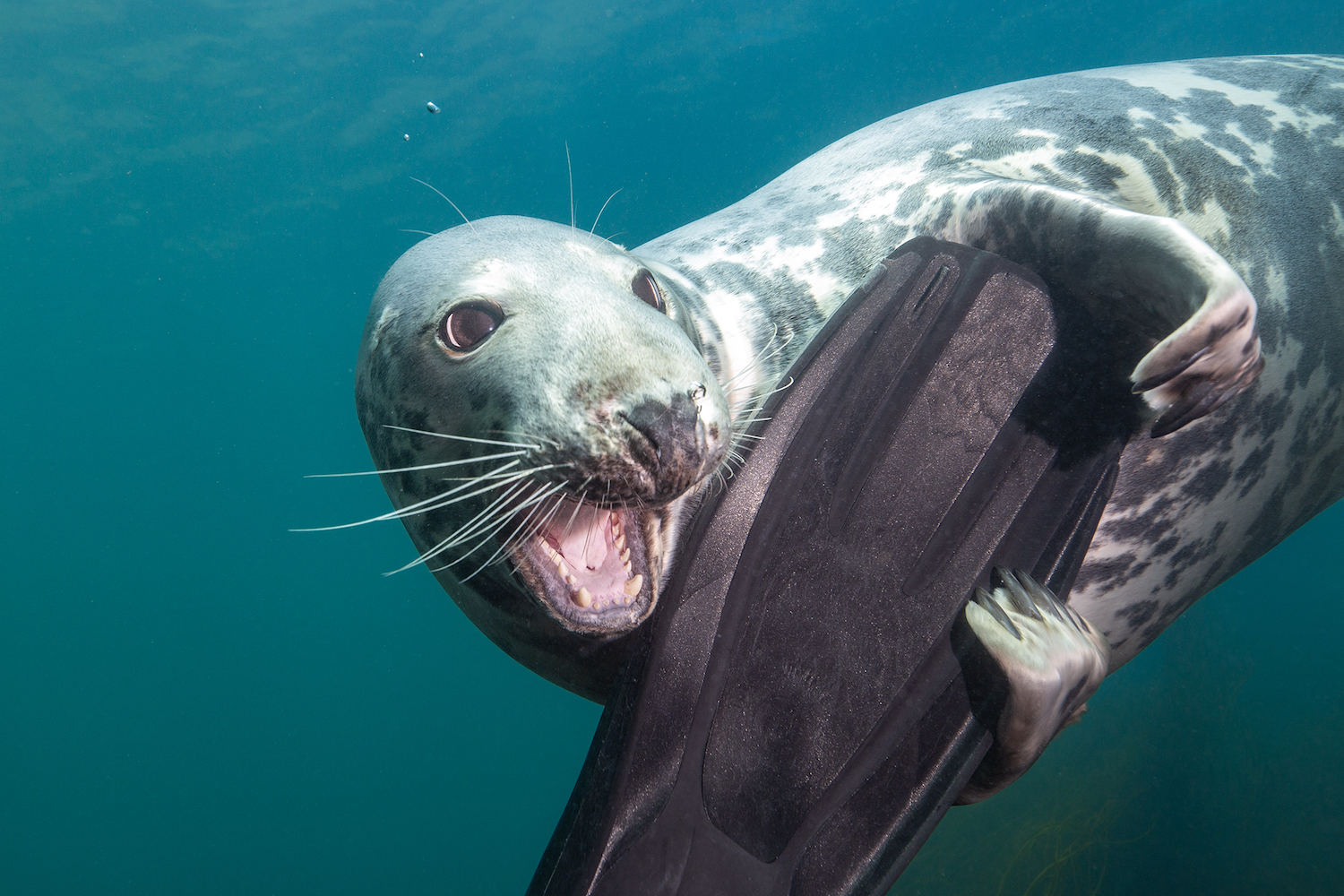
Yes. Grey seals are known for being really playful and interactive which is why they were hunted to such dangerously low levels, although fortunately numbers have now bounced back. Their modus is to come up behind you and tug at your fins. It can really scare the life out of you!
I bet – and you’re trying to dive and point a camera…
Everything is moving, and you’re thinking about the composition of the shot, changing the camera settings as the light or subject changes, the distribution of air in your diving suit and not scaring away the seal with any sudden movements. But it’s a fantastic pastime, very meditative. A real mix of left and right brain: technical and artistic.
Tell us how you captured the winning shot.

The seal definitely wanted to play. It was posing beautifully at times, swimming around then looking over my left shoulder – the classic pose you’d take of a fellow diver. Then it was in among the kelp with its head poking out and with pieces of kelp gracefully draped over its head. I had two diving tanks on which made it tricky to lean back to get the shot. It was a shallow dive lending itself to those light beams – known as cathedral light.
What’s it like staring right into a wild animal’s eyes?
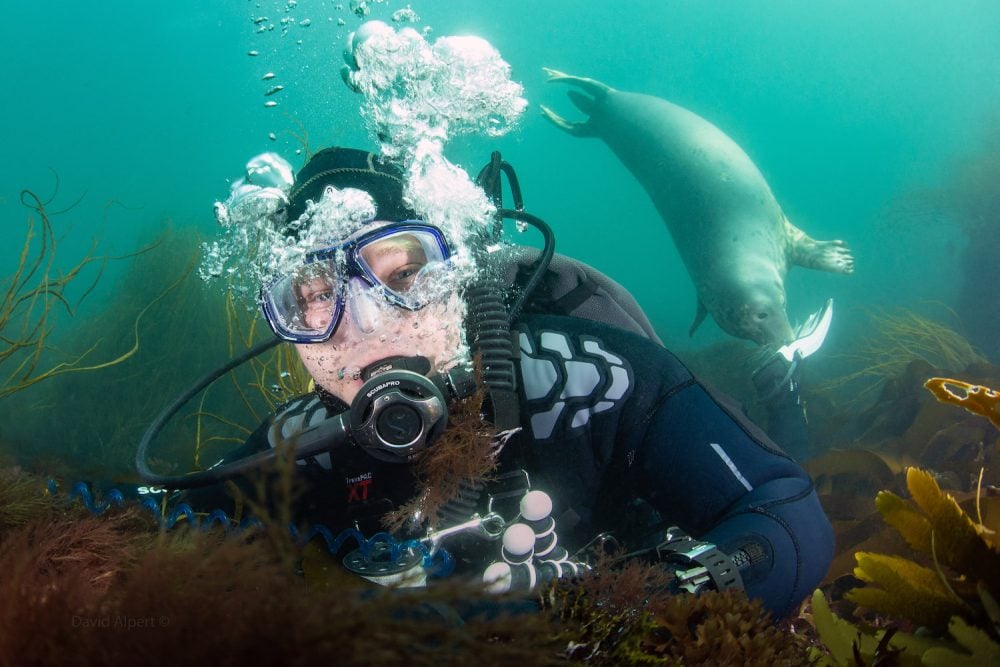
It’s like being with a big, friendly dog, while also being acutely aware that these are wild animals with big teeth and long claws. Everything has to be on the seal’s terms. You realise that it’s thinking as much about you, as you are about it, so an incredible feeling of connection. I had the same feeling while swimming with a young whale in Patagonia. The wonder of it, and how interactive they are, while also being aware of their massive size and strength.
Which came first: diving or photography?
I grew up in South Africa and my brother who is eight years older introduced me to it. I wasn’t allowed to dive until I was age 16 and I was counting down the days. I knew the BSAC manual practically off by heart.
What’s the most amazing thing you’ve seen underwater? Any shipwrecks?
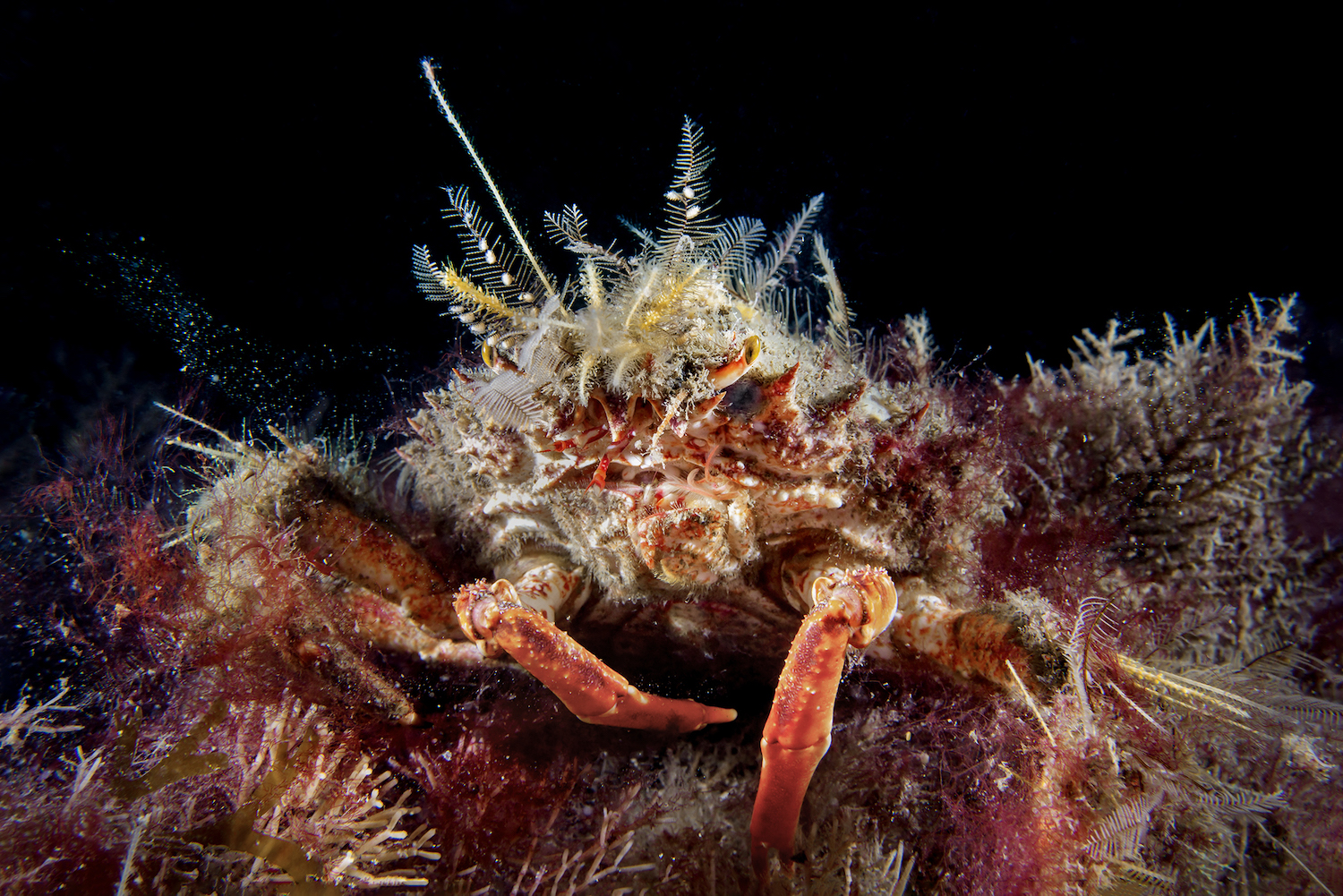
Yes, extraordinary things, some of which I want to photograph so can’t tell you! Shipwrecks too, but in the Bristol Channel they’re not left very intact. I took a picture of a spider crab which looks like a Japanese shōgun in full armour. They’re called decorator crabs for their habit of covering themselves in bits and pieces they find as camouflage. See the way it has its claw out in front of it as if to say ‘buzz off!’
Top tip for getting a great shot? Any recommended books?
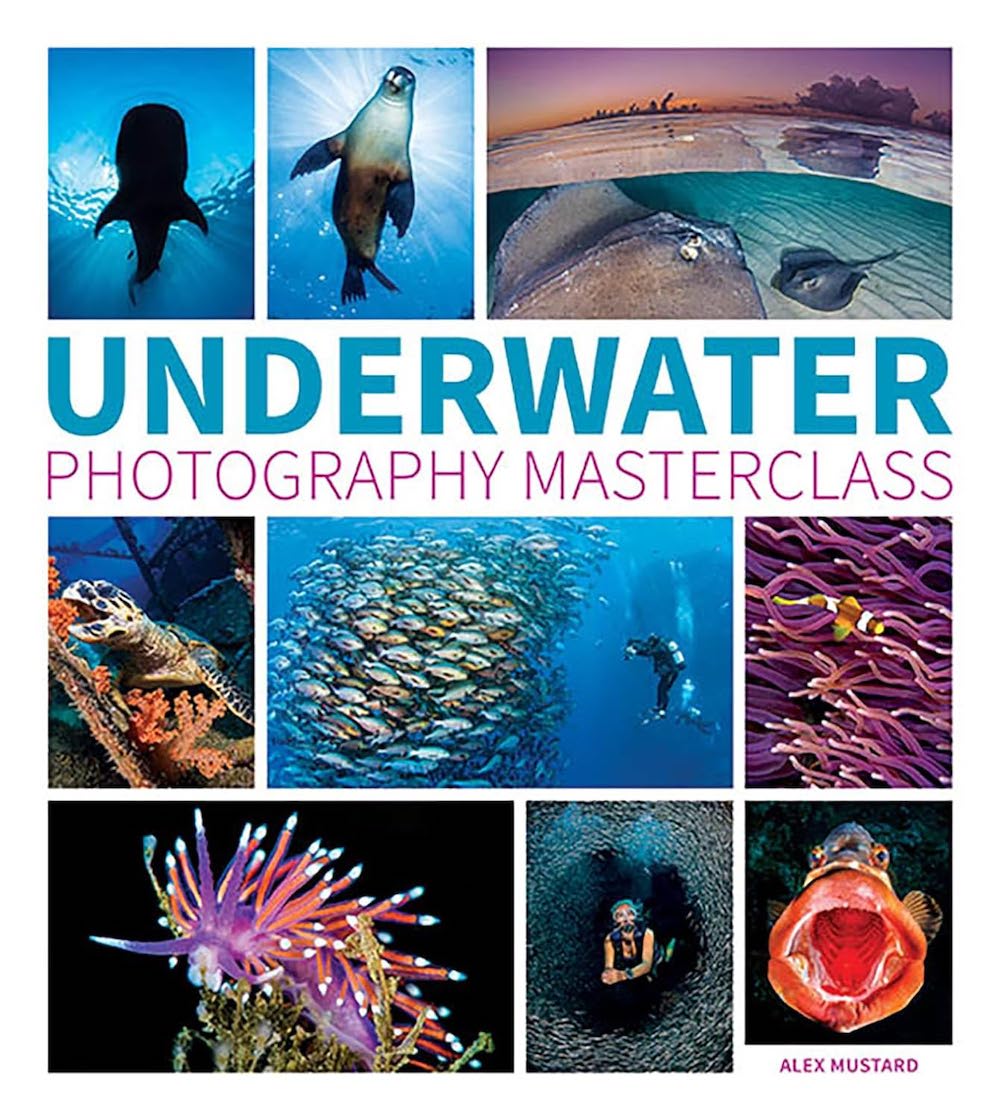
These days the cost is low and the gratification is instant, so I’d say just go out and see where the passion takes you. Underwater photography combines thinking with the physical so great for keeping you fit and anti-ageing. If you want to get more serious, join a society. In my experience, people are really generous with their knowledge. Underwater Photography Masterclass by Dr Alex Mustard is excellent.
What’s next on your shoot list?
Well, the family holiday is back on and it’s by the Aegean Sea. There’s not much in the way of sea life, but the waters are crystal clear. You do get to see ancient shipwrecks, some 2000 years old and dating back to the time of Christ. With amphora that are still intact. And I still have unfinished business in North Devon…
Want to know more? Follow David on Instagram, see where the winning photograph was taken on Lundy Island and hear more from David here.
You may also like










